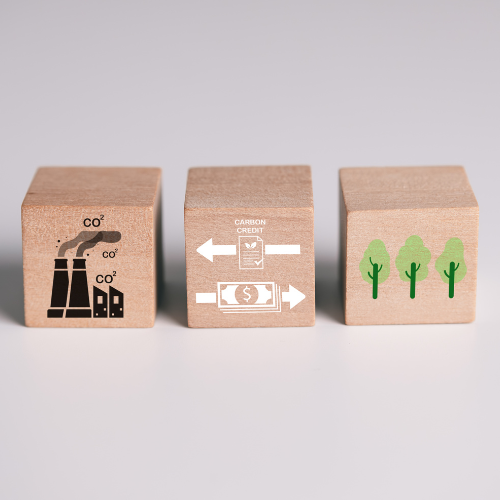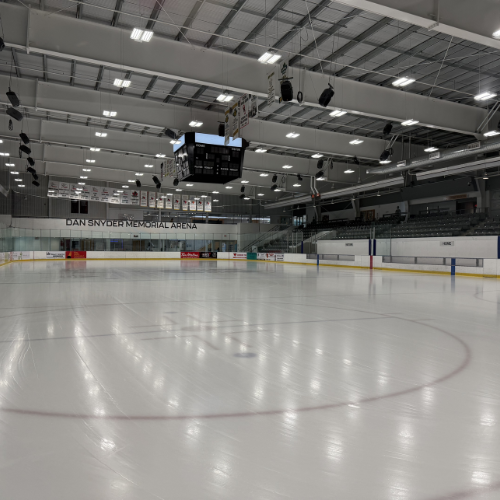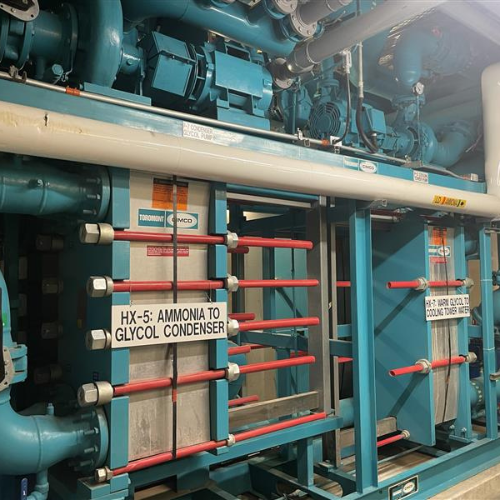GRANTS CAN HELP GET YOUR RINK TO NET-ZERO. HERE’S HOW.
GHG Emission Reduction and Energy Efficiency Feasibility Study Deliverables.
1. Building Characteristics
e. System Metrics for major equipment including: compressors, pumps, HVAC, dehumidifiers, lighting etc.
2. Methodology (Roadmap)
b. Evaluation of NPV (Net Present Value) and comparative costs associated with Business as usual model, and low carbon model to establish a +NPV.
3. Cost Analysis
*This section takes into consideration the anticipated utility rates based on the 3 models (Business as usual, Low carbon without funding, and Low carbon with funding) over the next 30 years.
4. Timeline for Identified Measures
c. Life Cycle Cost assumptions.
5. Support
For community rinks and arenas, budgets are often tight, which can make the goal of getting to net-zero emissions seem unattainable. The good news? Whether it’s a new build, or you’re making retrofits, repairs and upgrades to an existing building, there are many federal, provincial and local hydro grants and incentives you can take advantage of to fund your net-zero projects.
.png?sfvrsn=f0ecc222_0)
Start With A Net-Zero Audit
First things first: Understanding where and how you use energy in your building is key to developing a successful plan. Doing a net-zero audit not only helps identify the changes you need to make, but it also helps you set benchmarks to measure the impact of those changes.
FINDING THE RIGHT GRANT FOR YOUR FACILITY
-rink.png?sfvrsn=d4ecc222_0)
Get to know the grants and incentives available to fund your project.
COMMUNITY BUILDINGS RETROFIT (CBR) PROGRAM
The CBR program is a $167 million initiative administered through FCM’s Green Municipal Fund. The program helps to optimize the energy performance and reduce greenhouse gas emissions of community buildings owned by municipalities and not-for-profit organizations. There are five available funding streams:
Community Building Monitoring and Analysis Grant
Community Building Recommissioning Grant
GHG Reduction Pathway Feasibility Studies
GHG Impact Retrofit Capital Projects
GHG Reduction Pathway Retrofit Capital Projects
Who is eligible to apply?
Canadian municipal governments, with the exception of the Low Carbon Cities Canada (LC3) namesake municipalities, which are the cities of Vancouver, Edmonton, Calgary, Toronto, Ottawa and Montreal, and the Halifax Regional Municipality.
Municipal partners
Indigenous communities
Municipally-owned corporations
Regional, provincial or territorial organizations delivering municipal services
Non-governmental organizations
Not-for-profit organizations
Research institutes (e.g., universities)
What types of buildings are eligible?
CBR funding is available for projects that focus on community buildings. Community buildings are defined as an enclosed public place or enclosed workplace that is:
Owned by a municipal government or not-for-profit organization
Primarily used to provide athletic, recreational, cultural and community programs or services to the local community
Widely accessible to everyone, offering services that enhance the health and well-being, skills development, and economic development of individuals and communities
Types of projects and requirements:
1. Community Building Monitoring and Analysis Grant (Temporarily Paused, Under Review)
Community buildings that do not have a building monitoring and analysis system in place
2. Community Building Recommissioning Grant (Temporarily Paused, Under Review)
Building owners identify problems and integration issues as well as low- or no-cost operational improvements to improve comfort for building users and save energy
3. GHG Reduction Pathway Feasibility Studies
Feasibility study must aim to reduce GHG emissions by at least 50% compared to current or baseline performance within 10 years, and by at least 80% within 20 years
4. GHG Impact Retrofit Capital Projects
Project must aim to reduce GHG emissions by at least 30% compared to current or baseline performance
5. GHG Reduction Pathway Retrofit Capital Projects
Capital project must be supported by a GHG reduction pathway feasibility study or equivalent, Application must include the phase(s)/measure(s) identified in the pathway that are sequenced to achieve near net-zero GHG emissions within 20 years
HOW MUCH OF MY COSTS WILL THIS PROGRAM COVER?
Funding Stream | Available Funding |
Community Building Monitoring and Analysis Grant (Temporarily Paused, Under Review) |
|
Community Building Recommissioning Grant (Temporarily Paused, Under Review) |
|
GHG Reduction Pathway Feasibility Studies |
|
GHG Impact Retrofit Capital Projects |
|
GHG Reduction Pathway Retrofit Capital Projects |
|

-(1).png?sfvrsn=21efc222_0)


